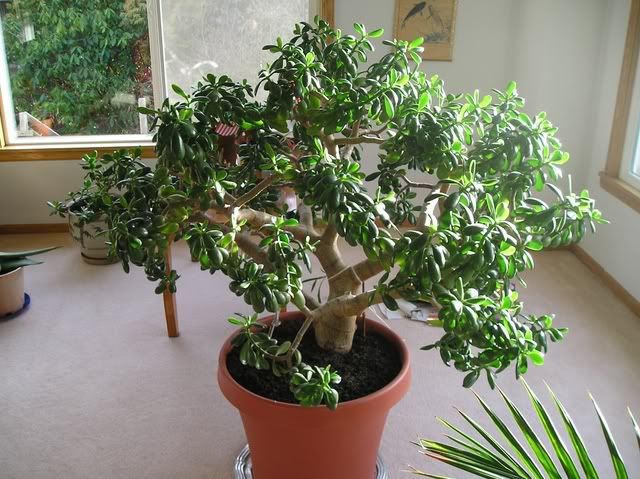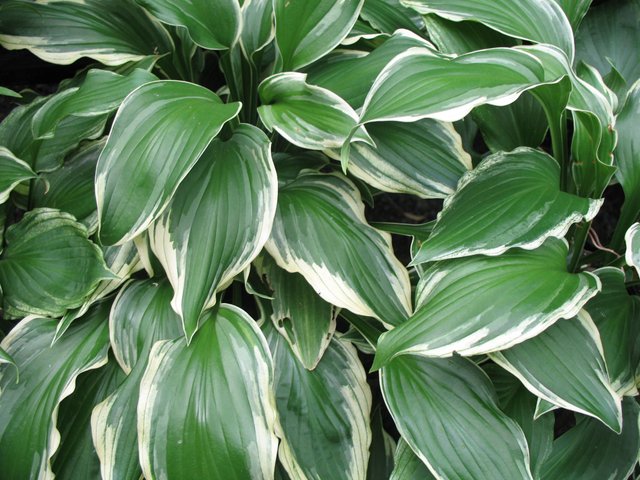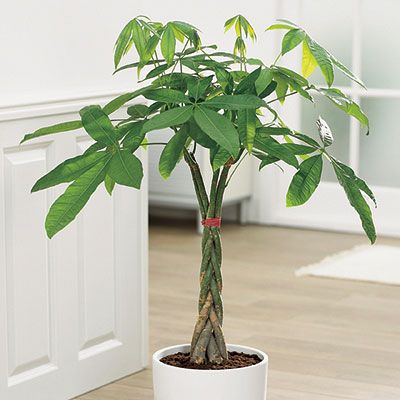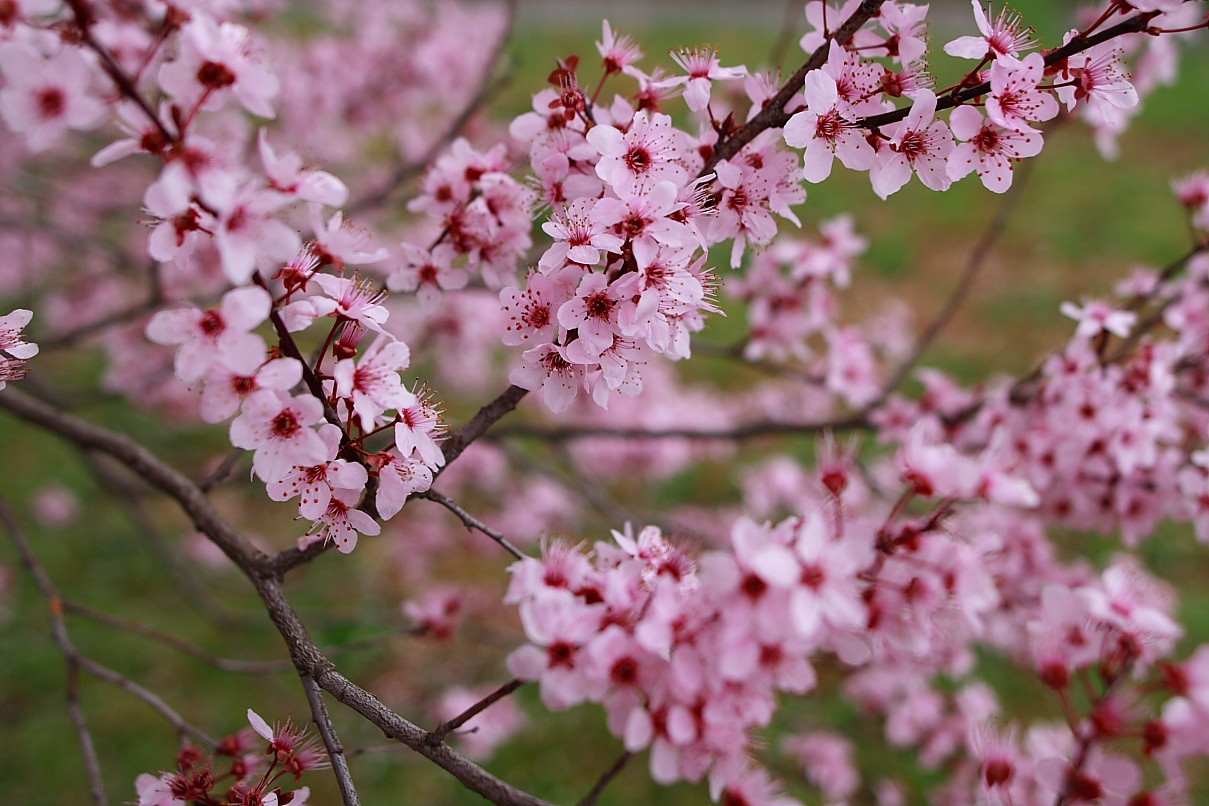In Feng Shui, plants are said to represent the element wood (a life giving element that oozes Yang energy). You’ll, therefore, want to balance the right type of plants or Yang energy with Yin elements, such as shady areas that offer protection from the midday sun. Although plants in Feng Shui generally represent Yang energy and need a fair amount of sunlight to flourish, some plants are naturally Yin plants and grow in the shade. These include ferns, hostas, hellebore and woodland cyclamen. You are ultimately striving for Feng Shui balance in the garden with taller bushes and leafy trees giving way to low lying flower beds and shrubs. Matching Feng Shui plants to your specific soil type and climatic conditions is also an important factor in getting the balance right in the perfect feng shui garden. Try to ensure that soil is well aerated or turned over and avoid it becoming waterlogged or overrun with ants and other insects. If you do have waterlogged soil try adding sand to stabilise it. Generally speaking, the most popular feng shui plants are those with round, heart-shaped, thick and succulent looking leaves. Plants that flower and provide fruit are also favored in Feng Shui as are well established plants that indicate longevity, for example, evergreens (which don’t shed their leaves in winter).
Some plants that are important to Feng Shui are listed below, along with the places they are to be placed.
Jade Plant: The jade plant is a succulent, medium sized cactus plant. This is a plant that is believed to attract money and prosperity to the office. It is better to keep this plant in front of the office or in the office cubicle, so as to attract more business or more income. This is a plant that should be Money Plant kept right at the entrance, near the door or the cubicle. Make sure that the plant does not grow taller than 1 m. Make sure that you don’t over water it either.
 http://www.prokerala.com/feng-shui/feng-shui-plants-and-trees.htm
http://www.prokerala.com/feng-shui/feng-shui-plants-and-trees.htm
Silver crown: This beautiful plant is one of the most lucky plants in feng shui because of its succulent and well-shaped leaves. This is a plant that is believed to bring good fortune to the people who own it. It is even a good looking plant, because it has a distinct silver sheen (that’s what gives the plant its name). One can keep this plant in the office or in the living room of the house.

Money tree: The money tree is probably one of the best plants in feng shui. It is the plant that symbolizes prosperity, income and good luck as well. When combined, this certainly means an increase in the amount of money a family or a workplace can expect. One of the best places for feng shui plants is the office and the money plant would fit in well there, for it can attract some good fortune and some money as well! However, one of the most preferred places for money plant, so far, has been the living room of the residence.

Chinese flowers: These are the blossom flowers. The Chinese flowers, in fact, are used during spring, to stand for growth and optimism, for it is the beginning of a new year. Optimism and new beginnings is the meaning behind these blossoms as well. The presence of these flowers at home can promote goodwill and happiness. In fact, these flowers can also promote romance between couples. Hence, it would make a lot of sense to have this plant in the house, living room, dining room etc. as well.
Peony: A peony is a flower that the Chinese consider to be the king of the flowers. It is a Yang flower, and it represents optimism and spring. The peony is delicate, rich and beautiful, which means it also represents the feminine end of the spectrum.In fact, this is what the peony is best used for. The peony is red in colour and red is a really auspicious colour in feng shui. In India, the colour is used to signify marriage and love as well. So, a person who is looking for love can plant peonies in the southwest of the garden or at least buy some peonies and put it in the southwest corner of the house. This will help in drawing some relationships towards the house. Peony is of so much importance that people do like knowing that there are substitutes for this flower- such as begonia, hibiscus etc. Of course, these flowers won’t be as strong as the rest, but they are quite useful.

Chrysanthemum: The chrysanthemum is a beautiful yellow flower. This yellow flower happens to be one of the good feng shui plants. This flower is held in great respect and regard in Chinese and Japnaese culture. Yellow is a colour that is associated with happiness and optimism, so the flower of the same colour is a proof of the same. It would be best to put the chrysanthemum in the living room, but it won’t be smart to put it in the bedroom, for it might conflict with some other feng shui elements. They are really easy to grow so people would definitely not have a problem with it.
Plum Blossom: The plum blossom is a symbol of purity. It is a flower that is supposed to bring a long time of good fortune as well. Plum blossom grows in trees and the trees are quite well known for their good fragrance. The fragrance could also help a person develop a positive chi. The plum tree should be planted in the north or the north eastern sides of the house, for these are the most auspicious areas. If one is not too picky about that, they can put the blossoms tree anywhere in the garden.
.jpg)

Bulbs, like Narcissus: Narcissus, a bulb flower is really beautiful and important for the Chinese. According to Chinese feng shui tradition, the flowers are given to loved ones as New Years gift. They are really good looking and they are really easy to grow, which is what makes these plants so famous, especially as a gift. When choosing narcissus, make sure you choose the ones that are not of a dwarf variety. The dwarf variety ones might not really promote positive chi if they are too small, so make sure that you get the slightly larger ones. It would make a lot of sense if these flowers are kept in the northern and the north- eastern parts of the house.

The Lily: The Lily is a beautiful plant that is considered to be the most beautiful of all the bulbs. This is one of the good feng shui plants. The lily will be able to promote harmony and happiness among people. It can also make people much calmer than they are now. As a result of the calming effects of lily, one can use this plant in the living room or in the meditative space.

Lotus: The lotus has been an important Chinese motif for a long, long time now. It has also become one of the good feng shui plants. The lotus is a flower that shows purity, exclusiveness and moral strength. The best part to have this would be the residence, especially at the entrance. This can really promote positive chi among the house itself. The Lotus has also grown to be associated with the Buddha and it is believed, in feng shui, that it would really provide knowledge or enlightenment around the house where it is kept. It can also really help the spirituality increase.

Magnolia: Last but not least, we have the last of the feng shui plants, the white magnolia. The white magnolia is a symbol of purity and also love, so it can be kept in the living room or the meditative space. Planting a magnolia tree in the front yard can actually help people get a lot of contentment with the whole area. This is a lucky flower as well, which means that it is presumed to give people a lot of prosperity and promises of wealth as well.
 ![plum-blossom.jpg]
![plum-blossom.jpg]
Hello,
We have found similar content: http://www.easy-feng-shui.com/feng-shui-plants/
Copying/Pasting full texts without adding anything original is frowned upon by the community.
These are some tips on how to share content and add value:
Repeated copy/paste posts could be considered spam. Spam is discouraged by the community, and may result in action from the cheetah bot.
If you are actually the original author, please do reply to let us know!
More Info: Abuse Guide - 2017.
Downvoting a post can decrease pending rewards and make it less visible. Common reasons:
Submit
nice pics and article!
Downvoting a post can decrease pending rewards and make it less visible. Common reasons:
Submit